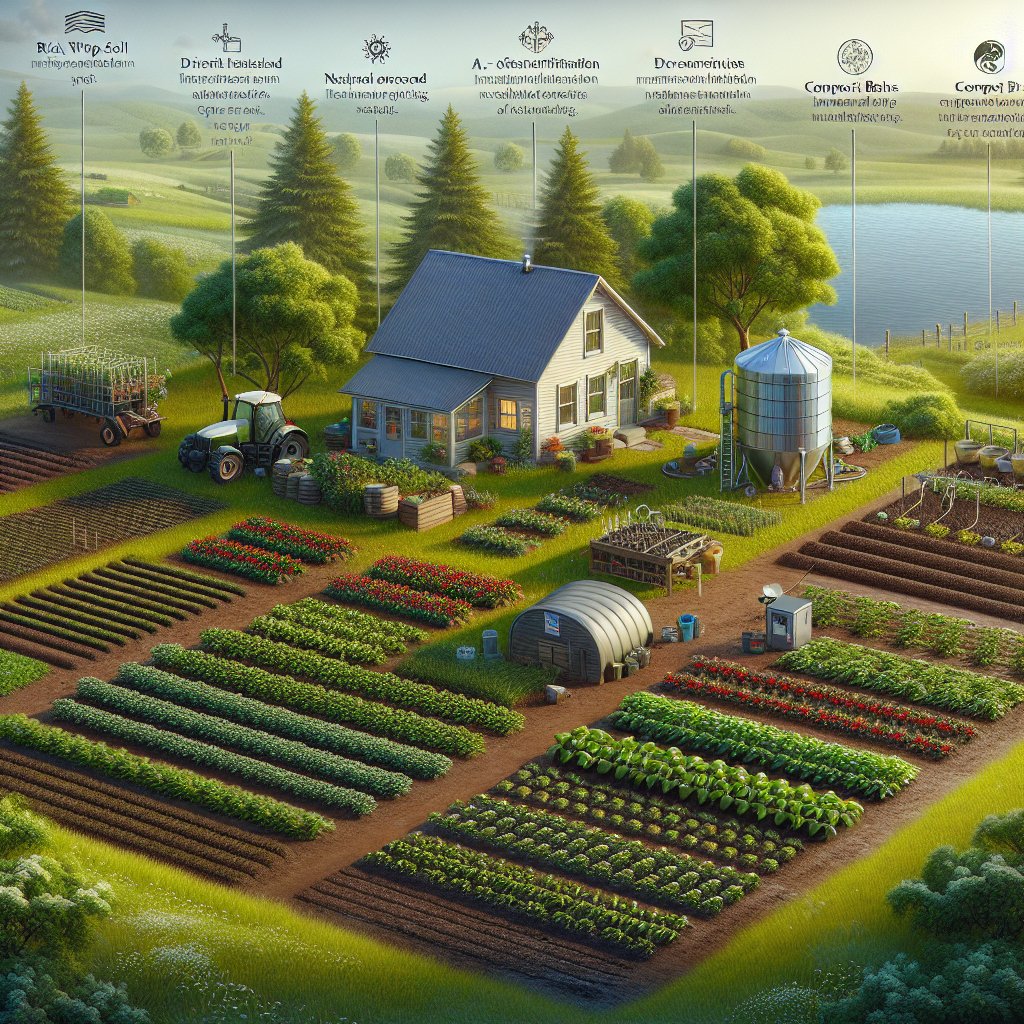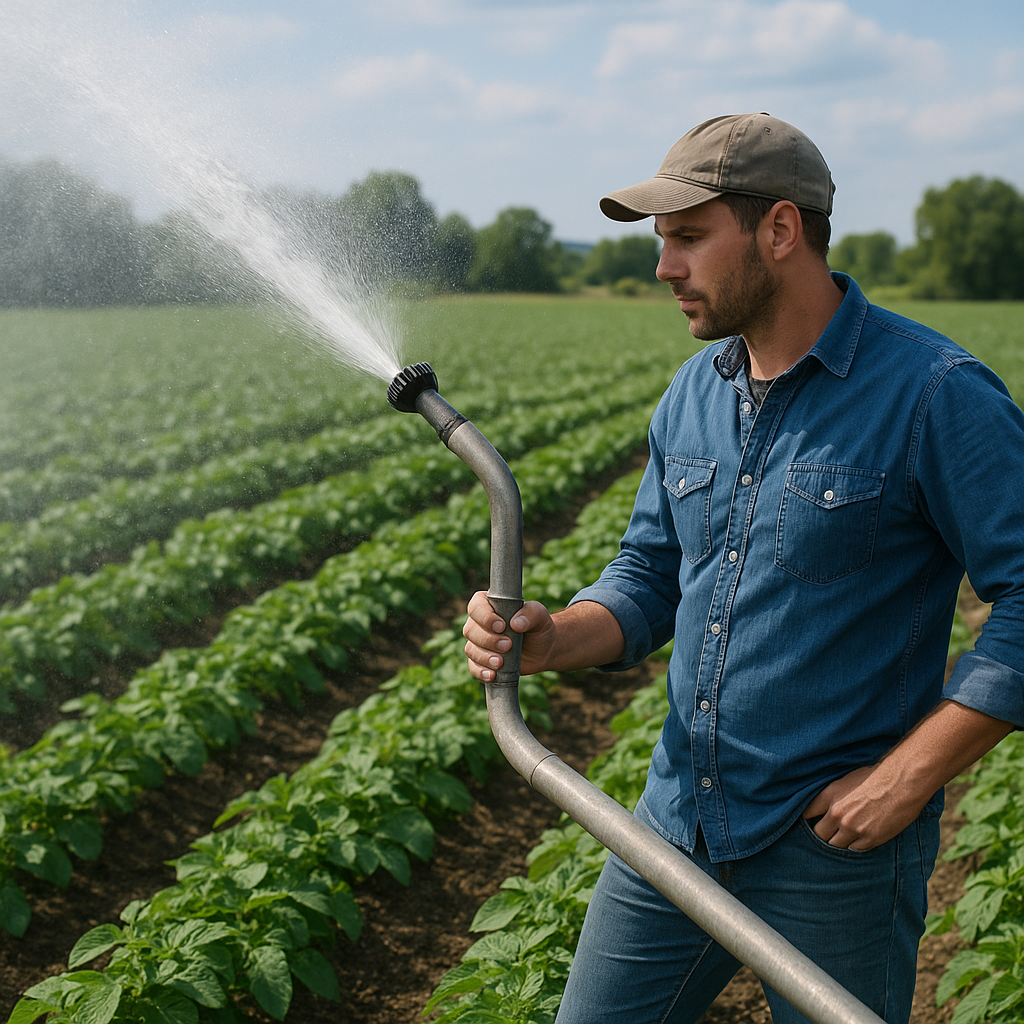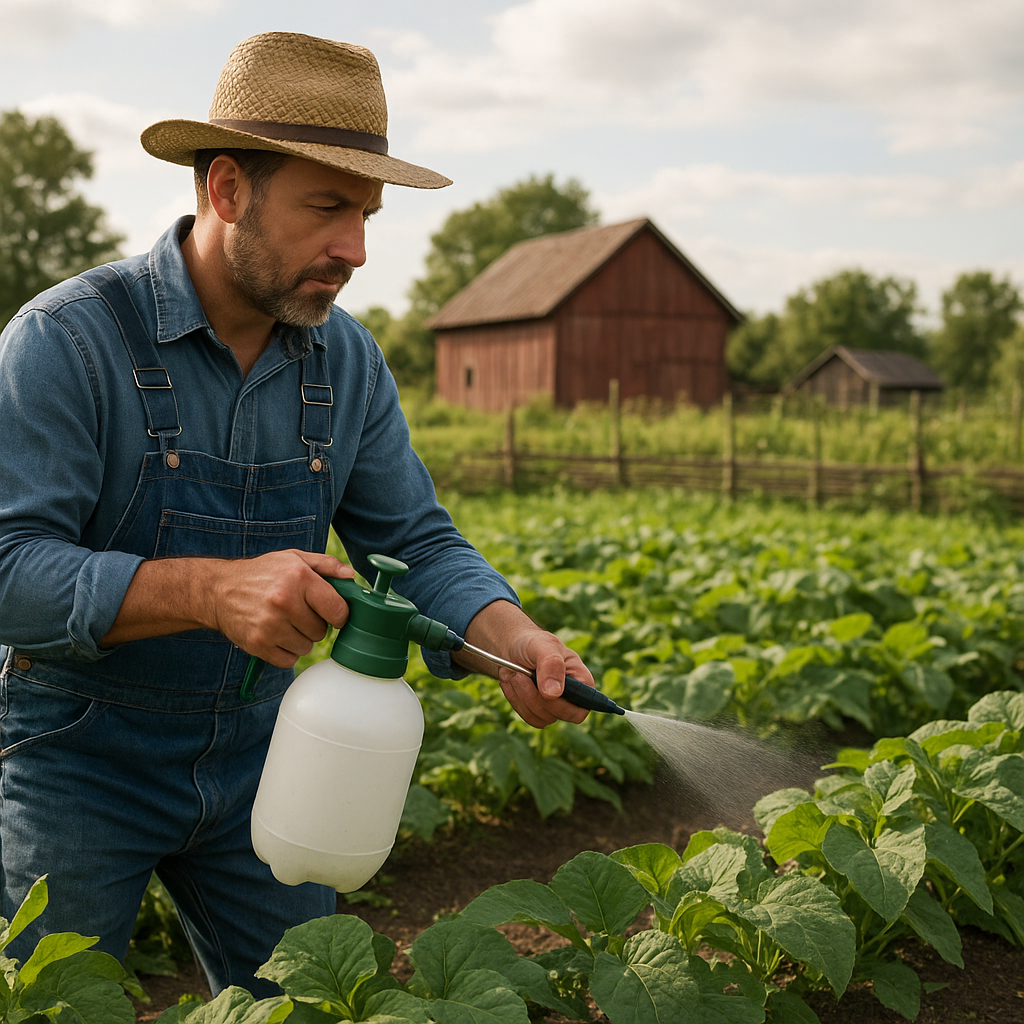
Maximizing crop yield on small farms is a crucial aspect of sustainable agriculture, ensuring that farmers can make the most of their limited resources while maintaining soil health and environmental balance. Small farms face unique challenges, such as limited land area, financial constraints, and the need for efficient resource management. However, with the right strategies and techniques, small-scale farmers can significantly enhance their productivity and profitability. This article explores ten practical tips for maximizing crop yield on small farms, focusing on innovative practices and sustainable approaches.
Understanding Soil Health and Management
Soil health is the foundation of successful farming, and understanding its dynamics is essential for maximizing crop yield. Healthy soil is rich in organic matter, has good structure, and supports a diverse ecosystem of microorganisms. To achieve this, farmers should focus on several key practices.
Soil Testing and Analysis
Regular soil testing is crucial for understanding the nutrient composition and pH levels of the soil. By conducting soil tests, farmers can identify deficiencies and imbalances, allowing them to tailor their fertilization strategies accordingly. This ensures that crops receive the necessary nutrients for optimal growth, reducing the risk of over-fertilization and environmental harm.
Organic Matter and Composting
Incorporating organic matter into the soil is vital for improving its structure and fertility. Composting is an effective way to recycle farm waste and enrich the soil with nutrients. By adding compost, farmers can enhance soil aeration, water retention, and microbial activity, all of which contribute to higher crop yields.
Efficient Water Management
Water is a critical resource for crop production, and efficient water management is essential for maximizing yield, especially on small farms where water resources may be limited. Implementing smart irrigation techniques and water conservation practices can significantly improve water use efficiency.
Drip Irrigation Systems
Drip irrigation is a highly efficient method of delivering water directly to the plant roots, minimizing evaporation and runoff. This system allows for precise control over water application, ensuring that crops receive the right amount of moisture without wastage. Drip irrigation is particularly beneficial for small farms, as it can be easily adapted to different crop types and field sizes.
Rainwater Harvesting
Collecting and storing rainwater is an effective way to supplement irrigation needs and reduce dependency on external water sources. By installing rainwater harvesting systems, farmers can capture and utilize rainwater for crop irrigation, especially during dry spells. This practice not only conserves water but also reduces costs associated with water procurement.
Crop Selection and Rotation
Choosing the right crops and implementing effective crop rotation strategies are crucial for maximizing yield and maintaining soil health. Crop selection should be based on factors such as climate, soil type, and market demand, while crop rotation helps prevent soil depletion and pest buildup.
Choosing High-Yield Varieties
Opting for high-yield crop varieties can significantly boost productivity on small farms. These varieties are often bred for specific traits such as disease resistance, drought tolerance, and faster growth rates. By selecting the right varieties, farmers can achieve higher yields with the same amount of land and resources.
Implementing Crop Rotation
Crop rotation involves growing different types of crops in succession on the same land to improve soil health and reduce pest and disease pressure. This practice helps maintain soil fertility, as different crops have varying nutrient requirements and contribute differently to soil structure. Additionally, crop rotation can disrupt pest life cycles, reducing the need for chemical interventions.
Integrated Pest Management (IPM)
Managing pests effectively is essential for protecting crops and maximizing yield. Integrated Pest Management (IPM) is a holistic approach that combines biological, cultural, mechanical, and chemical methods to control pests in an environmentally sustainable manner.
Biological Control
Biological control involves using natural predators or parasites to manage pest populations. For example, introducing ladybugs to control aphid infestations or using nematodes to target soil-dwelling pests. This method reduces the reliance on chemical pesticides, promoting a healthier ecosystem and reducing the risk of pesticide resistance.
Cultural and Mechanical Practices
Cultural practices such as crop rotation, intercropping, and maintaining field hygiene can help prevent pest outbreaks. Mechanical methods, such as handpicking pests or using traps, provide additional control measures. These practices, when combined with biological control, form a comprehensive IPM strategy that minimizes pest damage and enhances crop yield.
Utilizing Technology and Innovation
Embracing technology and innovation can significantly enhance productivity on small farms. From precision agriculture tools to data-driven decision-making, technology offers numerous opportunities for optimizing farm operations and maximizing yield.
Precision Agriculture Tools
Precision agriculture involves using technology to monitor and manage field variability in crops. Tools such as GPS-guided equipment, drones, and sensors provide real-time data on soil conditions, crop health, and weather patterns. This information allows farmers to make informed decisions about planting, fertilization, and irrigation, leading to more efficient resource use and higher yields.
Data-Driven Decision Making
Access to data and analytics can empower farmers to make better decisions regarding crop management. By analyzing historical data and trends, farmers can identify patterns and optimize their practices for improved yield. Data-driven decision-making also helps in risk management, allowing farmers to anticipate challenges and adapt their strategies accordingly.
Conclusion
Maximizing crop yield on small farms requires a multifaceted approach that combines traditional knowledge with modern innovations. By focusing on soil health, efficient water management, strategic crop selection, integrated pest management, and the use of technology, small-scale farmers can enhance their productivity and sustainability. These practices not only contribute to higher yields but also promote environmental stewardship and resilience in the face of changing agricultural landscapes. By implementing these ten tips, small farms can thrive and continue to play a vital role in global food security.

